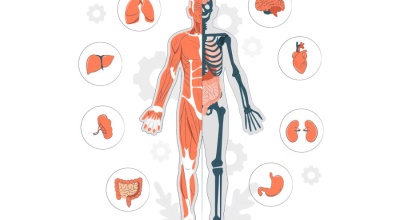Lyda D. Newman was an African American inventor. She invented a hairbrush that could be taken apart easily for cleaning. She was granted U.S. Patent 614,335 on November 15, 1898.
Born c. 1885 in Ohio, Newman lived and worked in Manhattan in New York City. The hairbrush she invented is described in her patent as "simple and durable in construction" and being "very effective when in use". The bristle holder could be removed from the back and be cleaned.
Lyda was born to a steelworker and housewife. She was very close to her parents during childhood. Her family moved to New York when she was thirteen in an effort to live a better life. Lyda D Newman was only 14 when she invented her modified version of the hairbrush. It was her experience with her own hair that prompted her to develop an improved version. Lyda was also the third black women to ever receive a patent.
Little is known about her life due to the fact that she was an African American woman during the 19th century, a period where the lives of women, especially African American women were not documented very well. Her death is also unknown.
She lived in an apartment on the lower west side of Manhattan where she worked as a private hairdresser. She used her hairbrush design for the families she worked for, and was well regarded for being an African American woman during that time period. She was also an activist for women’s rights to vote and participate in office. Lyda was one of the main organizers of an African American branch of the Women’s Suffrage Party. She worked closely with other prominent white suffragists of the party and was an instrumental part in the movement. The goal was to bring power to all women. One of her roles in the movement was canvassing the boroughs of New York City to raise awareness and gather people to attend suffrage meetings within her voting district.
Although she was not the first to invent the hairbrush, as it had been around since the Ancient Egyptians, she made significant modifications that altered haircare for the better. Her version of the hairbrush included synthetic bristles, as well as an air chamber in an effort to reduce static and further straighten hair. Her synthetic bristles, as opposed to animal hair which was a common material for brushes back then, made the brush much more durable and easier to clean. Synthetic lasted longer, was stronger and wouldn’t break as easily, and could also withstand water much better. The synthetic made it easier to manipulate the placement of the bristles, so she was able to move them further apart to simplify cleaning. The addition of rowed bristles also allowed for debris to be removed from the hair and but into a recessed compartment. At the touch of a button, the debris compartment could be accessed for easy cleaning. Another feature that she added to simplify the cleaning process was that she made the bristles detachable. This allowed hairdressers to save time in between clients and be more hygienic. The addition of the air chamber allowed more airflow through the brush during use, allowing hair to dry faster as well. The air chamber would open at its sides to the outside and would have small openings in between the bristles. Her design made the hairbrush cheaper, and easier to manufacture. Due to her contributions, more women were able to afford a hairbrush.














